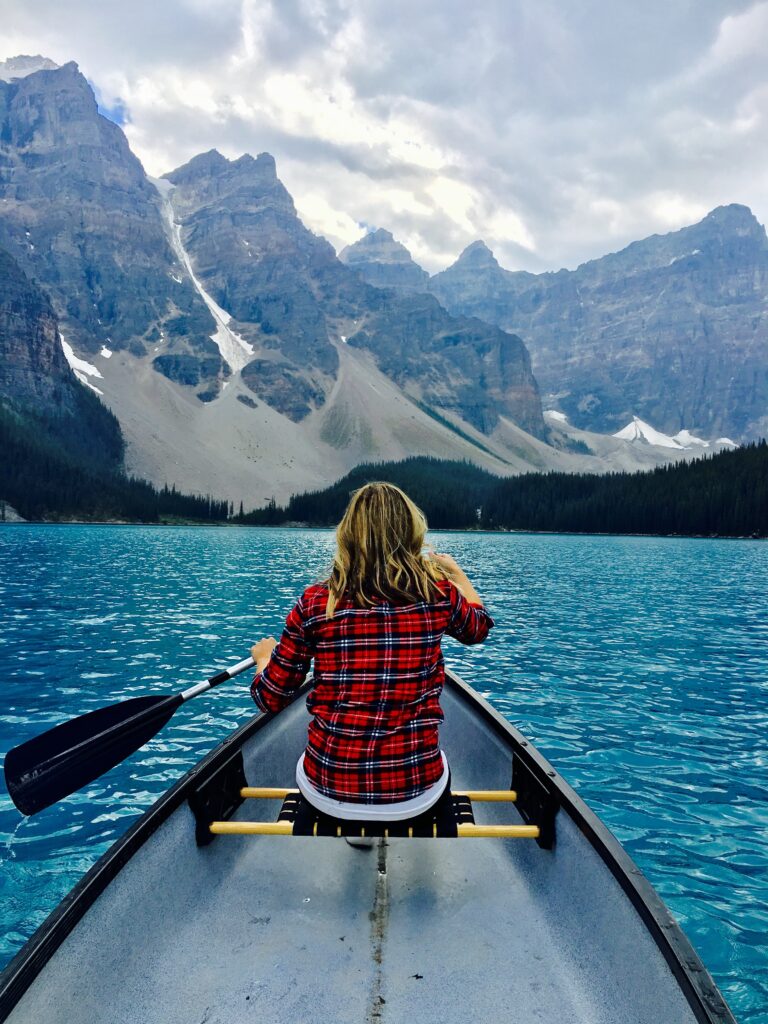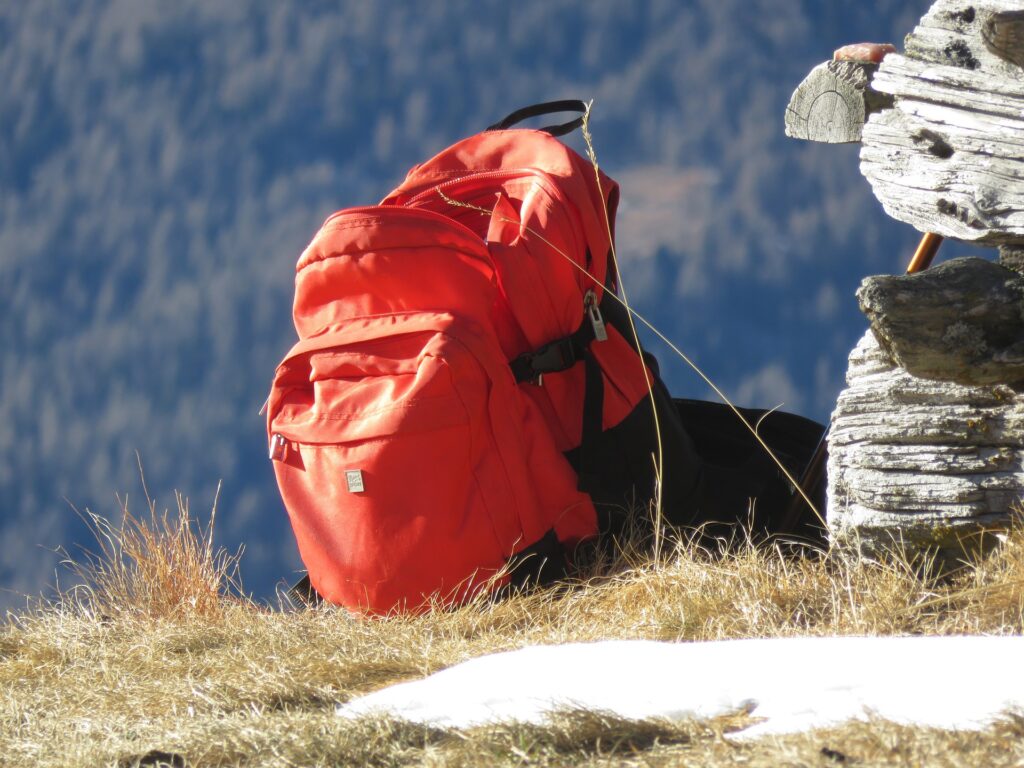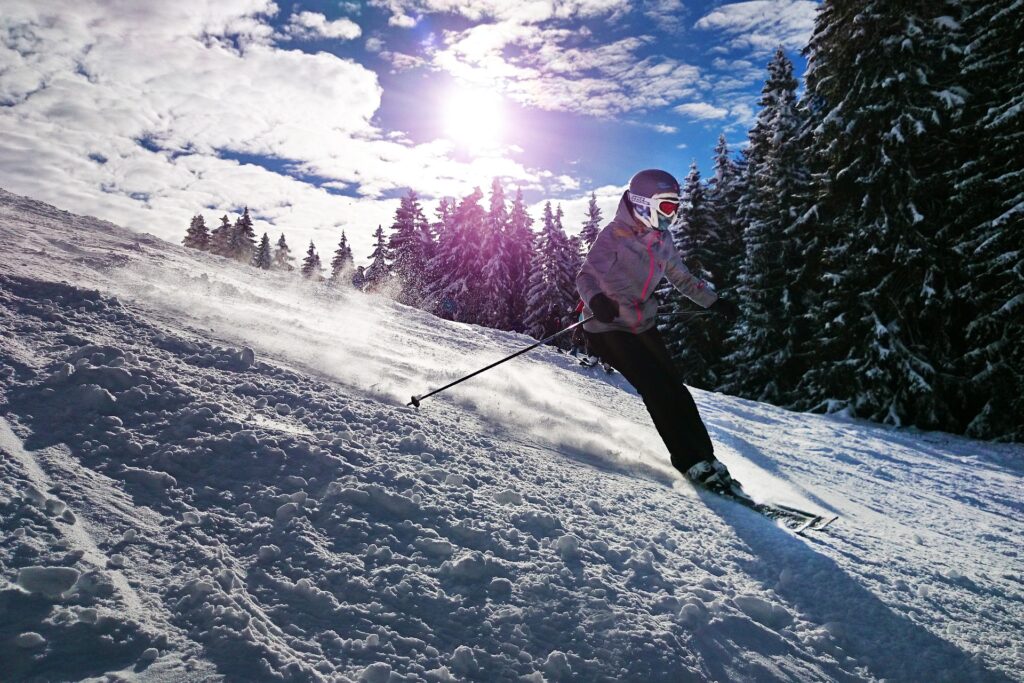Table of Contents
- Introduction: Paddling into the Adventure
- Embracing the Kayak Culture: Expression Number 1
- Choosing the Right Kayak: Your Vessel for Adventure
- Gear Up for Success: Essential Kayaking Equipment
- Mastering Basic Paddling Techniques: The Art of Control
- Navigating Different Water Conditions: From Calm Lakes to Rushing Rivers
- Safety Essentials: Be Prepared for the Unexpected
- Building Endurance and Fitness: Kayaking as a Healthy Lifestyle
- Exploring Kayak Fishing: A Tranquil Pursuit
- Connecting with the Kayaking Community: Share, Learn, Grow
- Environmental Stewardship: Paddle Responsibly
- Frequently Asked Questions (FAQ)
- Conclusion: Embark on Your Kayaking Odyssey

Introduction: Paddling into the Adventure
The world of kayaking beckons with promises of adventure, tranquility, and a deep connection with nature. As you dip your toes into the water, both literally and metaphorically, the anticipation of the unknown creates a sense of excitement. In this in-depth guide, we will unravel the intricacies of how to kayak for beginners!
1. Embracing the Kayak Culture:
“Feel the Flow, Embrace the Glide”
It’s essential to embrace the cultural aspect of this water sport. Learning how to kayak encourages you to feel the rhythmic flow of the water and to let go of inhibitions, allowing the kayak to become an extension of yourself. This personal connection transforms each paddle stroke into a dance, making your kayaking experience not just a physical activity but an immersive journey.
Understanding the kayak culture goes beyond the technicalities. It’s about the camaraderie among kayakers, the shared love for water, and the unspoken language of the waves. As you embark on your kayaking journey, take a moment to appreciate the community that comes with it. Attend local events, join paddling groups, and share your experiences. The kayak culture is a tapestry woven with stories, and you are now a part of that narrative… Make no mistake, it is never too late to start your kayaking journey!

2. Choosing the Right Kayak: Your Vessel for Adventure
Types of Kayaks
Choosing the right kayak is crucial for a successful kayaking experience. From sit-on-top kayaks suitable for beginners to touring kayaks designed for long-distance paddling, understanding the different types ensures that your vessel aligns with your preferences and intentions on the water.
Understanding the nuances of kayak design, such as hull shape, length, and width, is like deciphering a language that speaks to the water. Each kayak type has its strengths and weaknesses, and knowing how to leverage these characteristics enhances your overall paddling experience. Consider factors such as stability, maneuverability, and storage capacity when choosing your kayak, ensuring it becomes a seamless extension of your kayaking aspirations.

3. Gear Up for Success: Essential Kayaking Equipment
Safety First
Safety is paramount in kayaking, and having the right gear is non-negotiable. We’ll explore the importance of a well-fitted life jacket, the anatomy of a quality paddle, and appropriate clothing for different weather conditions. The gear you choose not only ensures your safety but also contributes to your overall comfort on the water.
While safety gear is a fundamental aspect, don’t overlook the small details that can significantly enhance your experience. Invest in a comfortable seat for extended paddling sessions, consider a hydration system to stay refreshed, and explore technological advancements such as GPS devices designed for kayaking. Your gear becomes your ally on the water, and the right equipment can turn a good kayaking day into an exceptional one. With all that being said, this doesn’t mean that you have to buy the best and most expensive kayak, all you really need is a suitable kayak that can take you from point A to Z in a safe and comfortable manner.

4. Mastering Basic Paddling Techniques: The Art of Control
Forward Strokes, Backward Strokes, and Turning Techniques: How to paddle a Kayak?
Once equipped with the right gear, it’s time to master the fundamental paddling techniques. Paddling is not just about propelling your kayak forward; it’s a symphony of strokes that allows you to navigate with precision. Understanding the biomechanics of each stroke, the angle of your paddle, and the subtleties of weight distribution transforms paddling from a task to an art. Consider taking a paddling course or practicing in controlled environments to refine your technique, turning your kayak into a graceful extension of your intentions on the water.

5. Navigating Different Water Conditions: From Calm Lakes to Rushing Rivers
Adapting to Your Environment
Kayaking is a versatile activity that adapts to various water conditions. Whether you’re exploring serene lakes or navigating rushing rivers, understanding how to adapt your paddling technique to different environments is crucial. We’ll provide insights into reading water, adjusting your strokes, and embracing the challenges of diverse water conditions.
Each waterway has its personality, and learning to read it is an essential skill for every kayaker. From the glassy surfaces of calm lakes that invite leisurely exploration to the spirited currents of rushing rivers that demand precision, adapting to your environment ensures a harmonious interaction with nature. Embrace the dynamic nature of water conditions, and let each paddle stroke be a response to the ever-changing rhythm of the water.

6. Safety Essentials: Be Prepared for the Unexpected
Weather Conditions and Self-Rescue Techniques
Safety goes beyond gear; it involves understanding weather conditions and having the skills to handle unexpected situations. We’ll guide you through interpreting weather forecasts, recognizing potential hazards, and practicing self-rescue techniques. Being prepared ensures that you can enjoy your kayaking adventures with confidence and peace of mind.
As you embark on your kayaking journey, become a student of the weather. Understand how wind, tides, and currents interact with the water. Equip yourself with the knowledge to make informed decisions about when to paddle and when to stay ashore. Additionally, practicing self-rescue techniques in a controlled environment builds confidence, turning potential emergencies into manageable situations. Safety is not just a checklist; it’s a mindset that shapes your approach to every kayaking expedition.

7. Building Endurance and Fitness: Kayaking as a Healthy Lifestyle
Full-Body Workout and Fitness Integration
Beyond the joy of paddling, kayaking offers a holistic full-body workout. It provides physical benefits such as strength building, cardiovascular health, and overall fitness. Discovering how to integrate kayaking into your fitness routine, will change your life for the better!
The rhythmic motion of paddling engages muscles throughout your body, turning every stroke into a mini workout. Explore different paddling intensities, from leisurely explorations to more vigorous paddling sessions, to tailor your kayaking experience to your fitness goals. Consider incorporating stretches and strength training exercises to complement your kayaking regimen, ensuring that every moment on the water contributes to your overall well-being. In addition, wearing a fitness wearable band would enhance the experience since its results would be precise, hence allowing it tailor your fitness goals in a more efficient way.

8. Exploring Kayak Fishing: A Tranquil Pursuit
Choosing the Right Fishing Kayak and Angling Techniques
For those who seek a tranquil pursuit on the water, kayak fishing opens up a world of possibilities. Immerse yourself in the serene solitude of kayak fishing, where the journey becomes as rewarding as the catch itself.
Kayak fishing combines the thrill of angling with the tranquility of being on the water. Choosing the right fishing kayak involves considerations such as stability, storage options, and specialized features for anglers. Beyond the technicalities, kayak fishing is an art that requires an understanding of fish behavior, seasonal patterns, and the unique challenges of angling from a kayak. As you cast your line from the kayak, you’re not just a fisherman; you’re a navigator of waterways, blending the excitement of the catch with the serenity of the kayak’s glide.

9. Connecting with the Kayaking Community: Share, Learn, Grow
Local Clubs, Online Forums, and Social Media Groups
Kayaking is a communal experience, and connecting with fellow enthusiasts can enhance your journey. It is a form of networking and meeting lovely people who share the same interests as yourself!
The kayaking community is a diverse tapestry of individuals united by a common love for water exploration. Joining local clubs provides opportunities for group paddles, skill-sharing sessions, and the chance to forge lasting friendships. Online forums and social media groups extend your reach beyond geographical boundaries, connecting you with kayakers worldwide. Share your triumphs, seek advice on challenges, and be a part of the collective knowledge that enriches the kayaking community. In this interconnected world, your kayaking journey becomes a shared narrative, with each paddler contributing a unique chapter.
10. Environmental Stewardship: Paddle Responsibly
Leave No Trace Principles and Ecosystem Preservation
As stewards of the waterways, kayakers have a responsibility to preserve the environments they explore. Embrace a mindset of environmental stewardship to ensure that the beauty of natural waterways remains pristine for future generations.
The allure of kayaking lies not just in the adventure it offers but also in the intimate connection it fosters with nature. As you navigate through diverse ecosystems, adopt practices that leave minimal impact. Respect wildlife habitats, avoid disturbing nesting areas, and dispose of waste responsibly. Becoming an ambassador for environmental stewardship ensures that the waterways remain not only a playground for kayakers but also sanctuaries for diverse flora and fauna.
Frequently Asked Questions (FAQ)
Q1: Can anyone learn how to kayak?
A1: Absolutely! Kayaking is a versatile water sport suitable for people of all ages and fitness levels. Beginners can start with basic lessons to learn paddling techniques and safety measures.
Q2: How do I choose the right kayak for my needs?
A2: Consider factors such as your skill level, the type of water you’ll be paddling in, and your intended activities. Sit-on-top kayaks are great for beginners, while touring kayaks are ideal for longer journeys.
Q3: What safety precautions should I take before kayaking?
A3: Always wear a properly fitted life jacket, familiarize yourself with weather conditions, and practice self-rescue techniques. Additionally, inform someone about your paddling plans and expected return time.
Q4: Can I kayak alone?
A4: While kayaking with a buddy is recommended for safety reasons, experienced paddlers can venture out alone after acquiring the necessary skills and knowledge.
Q5: How do I improve my kayaking skills?
A5: Practice regularly, take lessons from certified instructors, and join local kayaking clubs to learn from experienced paddlers. Each paddling session is an opportunity to refine your technique.
Q6: What should I do if my kayak capsizes?
A6: Stay calm, hold onto your kayak, and try to climb back on. If unable to re-enter, use self-rescue techniques or signal for help. Regular practice of capsize recovery is essential.
Q7: Is kayaking a good workout?
A7: Yes, kayaking provides a full-body workout, engaging muscles in the arms, core, and legs. It improves cardiovascular health, strength, and endurance.
Q8: Can I fish from a kayak?
A8: Absolutely! Kayak fishing is a popular and tranquil pursuit. Choose a fishing kayak with stability, storage options, and angler-friendly features for an enjoyable experience.
Q9: How can I connect with other kayakers?
A9: Join local kayaking clubs, participate in online forums, and engage with social media groups dedicated to kayaking. These platforms offer opportunities to share experiences and learn from others.
Q10: What can I do to minimize my impact on the environment while kayaking?
A10: Follow Leave No Trace principles for paddlers, avoid disturbing wildlife, and dispose of waste responsibly. Be an advocate for environmental stewardship and respect the ecosystems you explore.
Conclusion: Embark on Your Kayaking Odyssey
In conclusion, the art of kayaking goes beyond paddling strokes and gear selection. It’s a holistic experience that encompasses culture, safety, fitness, and community. By choosing the right equipment, mastering paddling techniques, prioritizing safety, connecting with the kayaking community, and adopting environmental stewardship, you are ready to embark on an odyssey that transcends the physical act of kayaking.
So, pack your gear, feel the flow, and immerse yourself in the adventure that is kayaking. The waterways await, and with the right knowledge and detailed insights, your kayaking journey is destined to be an enriching and unforgettable experience. Happy paddling!



